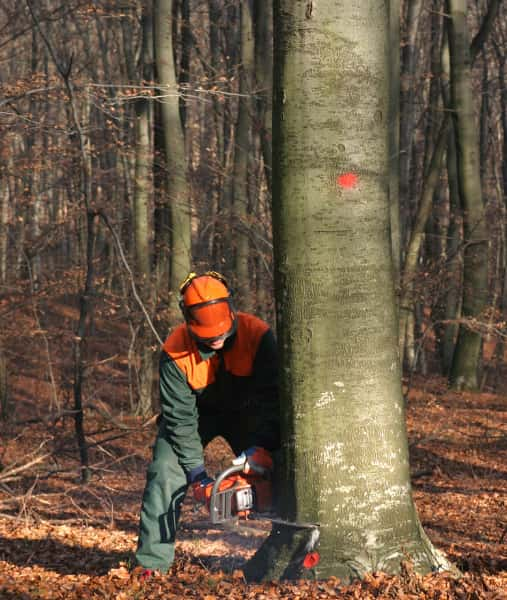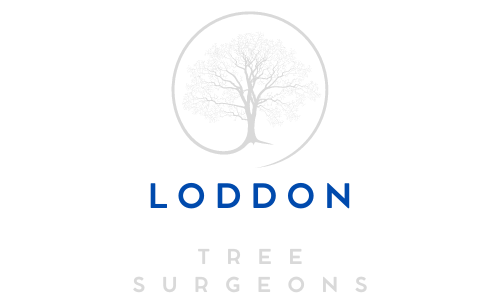Unearthing the Role of Stump Grinding in Pest Control
Introduction: In tree management and landscaping, stump grinding is a versatile solution for various purposes beyond mere aesthetics. Among its many roles, stump grinding plays a crucial part in pest control efforts, helping to mitigate the risks associated with pest infestations and safeguarding the health of surrounding vegetation. This blog post delves into the intricate relationship between stump grinding and pest control, shedding light on its significance in maintaining healthy outdoor environments.
- Elimination of Pest Habitats: Tree stumps left behind after tree removal serve as prime habitats for various pests, including termites, carpenter ants, beetles, and other wood-boring insects. These pests can increase within the decaying wood of stumps, posing a threat to nearby trees, shrubs, and structures. By grinding stumps below ground level, tree surgeons effectively eliminate these potential breeding grounds, disrupting the life cycle of pests and reducing their populations.
- Prevention of Spread: Certain pests, such as fungi and pathogens, can spread from decaying stumps to healthy trees, leading to widespread infestations and diseases within the landscape. Stump grinding prevents the spread of these harmful organisms by removing the source of contamination and preventing further transmission. By containing the infestation at its source, tree surgeons can prevent the escalation of pest-related issues and preserve the health of surrounding vegetation.
- Enhanced Air Circulation: Decomposing stumps can create stagnant, humid environments conducive to pests and pathogens’ proliferation. By grinding stumps into mulch-like material, tree surgeons improve air circulation within the soil, creating less hospitable conditions for pests and promoting the growth of beneficial microorganisms. This aerated soil environment enhances root health and resilience, making plants less susceptible to pest damage and disease.
- Eco-Friendly Pest Management: Stump grinding offers an eco-friendly alternative to chemical pesticides and insecticides commonly used in pest control applications. By mechanically removing stumps without toxic chemicals, tree surgeons minimise environmental impact and protect beneficial insects, birds, and wildlife from exposure to harmful substances. This sustainable approach aligns with organic gardening principles and contributes to the overall health of ecosystems.
- Long-Term Pest Prevention: Regular stump grinding as part of routine tree maintenance programs can be a proactive measure against pest infestations. By systematically removing stumps from the landscape, property owners can prevent the accumulation of potential pest habitats and mitigate the risk of future pest-related issues. This preventative approach reduces the need for reactive pest control measures and promotes trees’ and plants’ long-term health and vitality.
Conclusion: Stump grinding plays a vital role in pest control efforts by eliminating pest habitats, preventing the spread of diseases, enhancing air circulation, and promoting eco-friendly pest management practices. As an integral component of comprehensive tree care and landscaping strategies, stump grinding contributes to preserving healthy outdoor environments and preventing pest-related damage. By prioritising stump grinding as part of their property maintenance routines, homeowners and land managers can effectively manage pest populations and promote the flourishing of their landscapes for years to come.
Call us on: 01508 505 537
Click here to find out more about Loddon Tree Surgeons
Click here to complete our contact form and see how we can help you with your tree’s needs.

